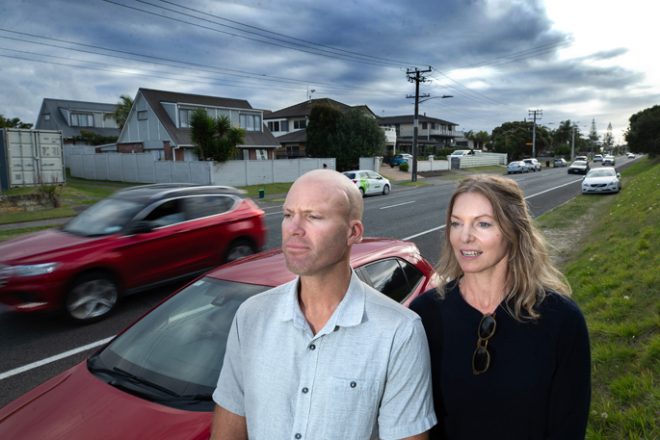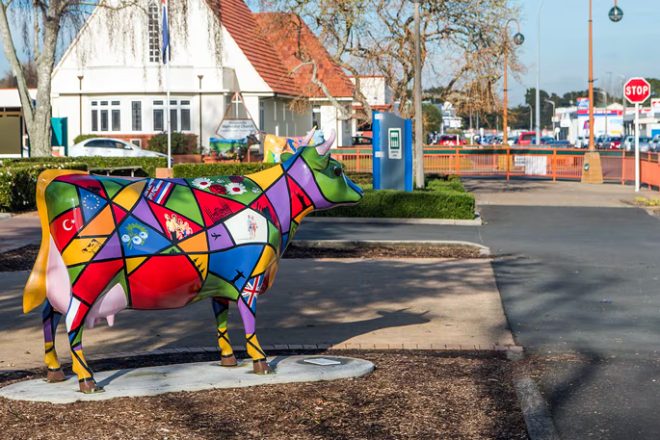새롭게 마련된 165,000개의 거주 비자 기준 중 어느 것 하나도 해당 사항이 없는 일부 사람들은 불운을 토로하고 있다.
불만을 느끼는 사람들 중에는 현재 유효한 비자를 소지하고 해외의 뉴질랜드 기업에 소속돼 일하고 있지만 국경 제한으로 인해 뉴질랜드에 있을 수 없기 때문에 이민국 발표 기준에서 제외된 사람들이다.
많은 사람들이 이번 one-off 비자를 받을 자격이 없는 경우를 대비한 기준과 기간이 상세하지 않은 것에 대해 불만을 표시했다.
발표 며칠 전에 워크비자에서 학생 비자로 바꾼 사람을 포함한 일부는 정부의 결정 날짜에 불평했다.
약 5,000명으로 추산되는 졸업생 취업 비자 소지자들은 국경 제한 때문에 해외에 발이 묶여 있어 이번 기준을 맞출 수 없게 됐다.
Kris Faafoi 이민 장관은 성명서을 통해 이번 비자 발급 기준에 맞지 않는 사람들은 영주권을 받기 위한 다른 비자 옵션을 탐색해야 할 것이라고 밝혔다.
“중간 임금 이하의 소득이 있다면 새로운 2년짜리 필수 기술 비자를 신청할 수 있다. 정부는 현재 해외에 있는 사람들을 위해 유학 후 비자를 연장할 의사가 없다. Covid-19로 인해 계획이 중단되었던 다른 임시 비자와 함께 했던 접근 방식과 일치한다. 왜냐하면 이 사람들은 뉴질랜드에 일시적으로 머물려고 했을 뿐이고 국경이 다시 열렸을 때 상황이 변경됐을 수도 있기 때문이다. 뉴질랜드에서 공부하며 일정 자격을 갖췄고 유용한 직업 경력이 있는 사람들은 국경이 재개될 때 취업 비자를 신청하면 된다”고 밝혔다.





















































-helped-regain-her-strength-and-balance-using-Nymbl-after-a-fall.-660x440.jpg)




